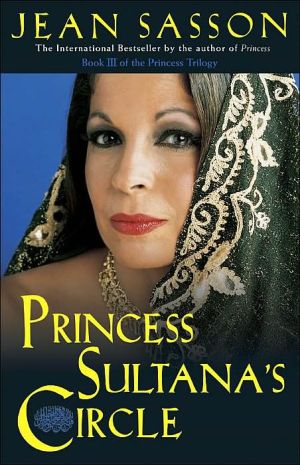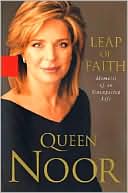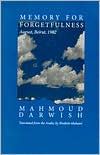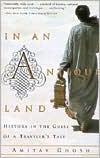An Enduring Love: My Life with the Shah
Search in google:
A moving story of the former Empress of Iran — now in paperback.At the age of twenty-one, Farah Diba married the Shah of Iran, Mohammed Reza Shah Pahlavi. A loving marriage, the raising of four children, and a devotion to social and cultural causes marked her early years as queen, although there were already signs of grave national diversions on the horizon. Twenty years later the dream had turned into a nightmare: demonstrations and riots shook the country, and Farah and the Shah decided to leave in order to avoid bloodshed. With the hardcover publication of An Enduring Love, a New York Times bestseller (extended list) in 2004, Farah Diba, wife of the last emperor of Iran, broke her silence and told the wrenching story of her love for a man and his country. Her compelling memoir offers an intimate view of a time of upheaval, but stands above all as a powerful human document from one whose life was caught up in an epic and tragic national struggle. Her Majesty Queen Farah Pahlavi divides her time between Paris, France and Washington, D.C. Publishers Weekly The memoir of Farah (Diba) Pahlavi, widow of the Shah of Iran, seems, at first glance, like a clone of Noor's bestselling Leap of Faith. Both queens were intelligent young women when they met and married their older kings; both remain discreet about their intimate lives with their husbands (who both loved piloting planes and playing with their children); both immersed themselves, as new queens, in cultural programs and social betterment work for their people; and both end their memoirs shortly after the deaths of their husbands. The parallels are almost uncanny-at least until midway through Pahlavi's story, when the real differences emerge. In 1963, the Shah began his "white revolution" to modernize Iran by instituting land reform, women's rights and workers' rights; Communists and fundamentalist clerics vehemently opposed these changes. In Pahlavi's eyes, the monarchy stood for liberalization, even if its enforcement agencies were condemned worldwide for human rights abuses. To her, criticism of the monarchy only supported Khomeini's Islamic fundamentalist opposition. As the insurgency gained strength and the royal family weighed exit strategies, Pahlavi shouldered a new, personal burden: the Shah's concealed battle with cancer. Asylum offers were few. Sadat welcomed them to Egypt, but their stays in the Bahamas, Mexico, the United States and Panama were politically difficult. The Shah's medical treatments, meanwhile, were so bungled, so shaded by political maneuvering, that Pahlavi resorts to quoting extensively from one doctor's records. She ends her account with the Shah's death in 1980, their youngest daughter's death and the Iran-Iraq War, while Pahlavi's life has continued in Paris and Washington, DC. Readers seeking a female perspective on Iran's turbulent recent history will enjoy this candid, straightforward account. (Mar.) Forecast: Ads in the New York Times and USA Today, a 20/20 appearance, and a 20-city TV satellite tour will ignite sales of Pahlavi's book. Copyright 2003 Reed Business Information.








